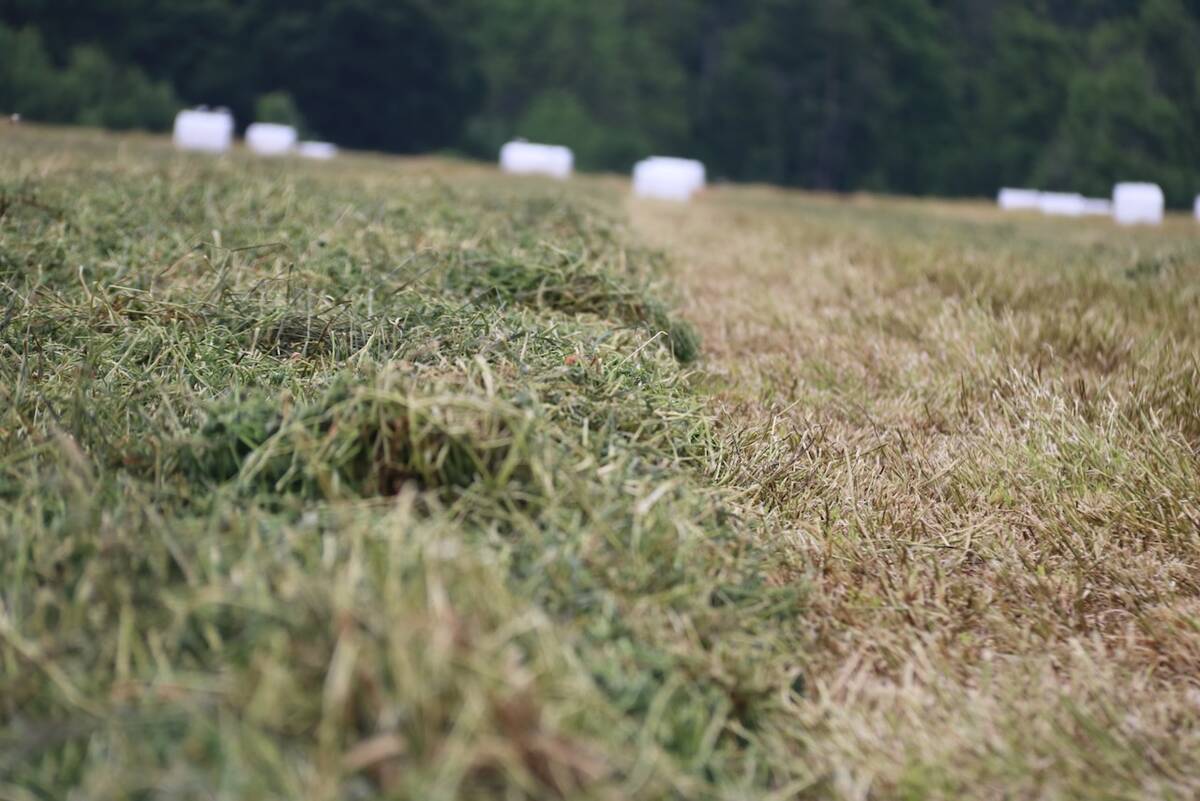The potential for an oversized canola crop has many farmers considering pricing options before harvest
Canola prices have risen dramatically since the middle of January. Old crop canola futures rallied almost $120/tonne from their January low to the April high. November 2012 canola futures rallied from a January low of $492/tonne to a high of $592/tonne on April 10. Strong canola exports, record domestic use to meet increasing demand for canola oil, along with the sharp rally in U.S. soybean prices all supported the canola market.
How does a canola producer deal with these prices? First, for all but poor yields, these prices are very profitable. Having established that, what are the supply-demand factors? 2012 seeding prospects are for record canola acres here in Canada. That is reflected in discounted new crop futures and weaker basis levels after July. If a huge canola crop is produced in Canada this year, prices may drop substantially into harvest-time.
Read Also

New high-performance forage training program to launch in 2026
A new Canadian Forage and Grasslands Asssociation high-performance forage program will be a resource for farmers, agronomists and others in the forage sector.
Some farmers were pricing “new” crop canola during the rally. However, many canola growers are reluctant to contract physical crop delivery this far ahead of harvest. There is production uncertainty on both volume and grade, with the concern of possibly having to “buy out” of a priced canola contract. Considering the potential tightening supply of U.S. soybeans by next winter, some farmers also fear missing out on higher prices later.
Minimum price contract
For those farmers just concerned about locking in too low a price, a minimum price contract with a buyer can offer advantages to a flat price contract. Grain buyers may offer these contracts under different names and with company variations. A farmer could sign a contract for a certain quantity of canola to be delivered at a later date. A price minimum would be part of the contract. If a higher price becomes available, the farmer can lock in that higher price anytime up until a certain date, typically a date late in the month prior to the relevant month of futures.
The basis (cash price relative to futures price) on this minimum price contract is usually set at the time of signing. Setting the basis could be an advantage or disadvantage, depending on what basis levels do. On any given day, the price on the minimum price contract will be less than that for a deferred delivery contract, because the minimum price contract leaves farmers with a price upside.
Put options
Put options offer a similar way to lock in a minimum price, although using these may require you to establish your own futures account.
An option is a subset of the futures market and is specific to a certain commodity and futures month for that commodity. Purchasing a put option would give you the right, but not the obligation, to enter into a “sell” futures position at a predefined price (the strike price) anytime before that option’s expiry date, regardless of what the futures price does. Buying a put option locks in a minimum futures price for a cost (the premium).
Since buying a put option is done with a commodity futures broker, the basis is not set with this contract, and there is no commitment for a physical delivery.
Here is an example of a put option purchase using numbers from the ICE Canada canola market on April 10, 2012.
November canola futures = $590/tonne
November $580 Put option premium = $22/tonne
Purchasing a November 580 Put option for $22/tonne (plus about $1/tonne commission) would give you the right to create a sell futures position in your account at a price of $580/tonne anytime up to expiry of that option on October 26. It is this right that gives the option a value. However, you do not have to exercise the option (i.e., create the sell futures position). It is generally better to just trade out of (sell) the option as an option rather than exercise it, and you can do that any trading day after buying it. The components to an option value will be explained in a future article.
The premium (value) of an option is subject to change by open market trading whenever the futures market is trading. Canola option strike prices are $5/tonne apart, so there are many strikes prices available. On days when a particular option strike price does not trade, the commodity exchange uses a computer program to estimate the daily settlement value of that option.
The purchase of a 580 put option at a cost of $22/tonne (plus commission) can be interpreted as locking in a minimum futures price. If the entire premium (cost) was eventually lost (for illustrative purposes), buying that option can be considered as locking in a minimum futures price of $557/tonne (the $580 strike price minus the $22/tonne premium minus $1/tonne commission).
If the futures price falls from the April 10, 2012 level of $590/tonne, the premium of the $580 Put option will tend to rise. Alternatively, if the futures price rises, the value of the $580 Put option will tend to fall. But, if the futures price rises, it implies that the value of physical canola is also rising (subject to basis).
If the option is kept to expiry on October 26, and if then the option has intrinsic value (i.e., November futures below $580/tonne), the 580 put option would be automatically exercised, thus creating a profitable futures “sell” position (not considering the original cost of the option). That sell futures position would then have to be offset at some time before the November futures expires.
Again — buying a put option alone leaves the basis portion of price open. That can be a good thing if basis levels for the expected delivery period are considered too weak, or if one does not want at the time to commit to a physical sale to a buyer. The put option is attractive to farmers who are concerned about committing to a delivery with the possibility of a crop shortfall (on quantity or quality), to farmers who have already forward contracted with physical buyers to their comfort level or to those producers who wish to retain the ability to take advantage of possible higher prices. †














